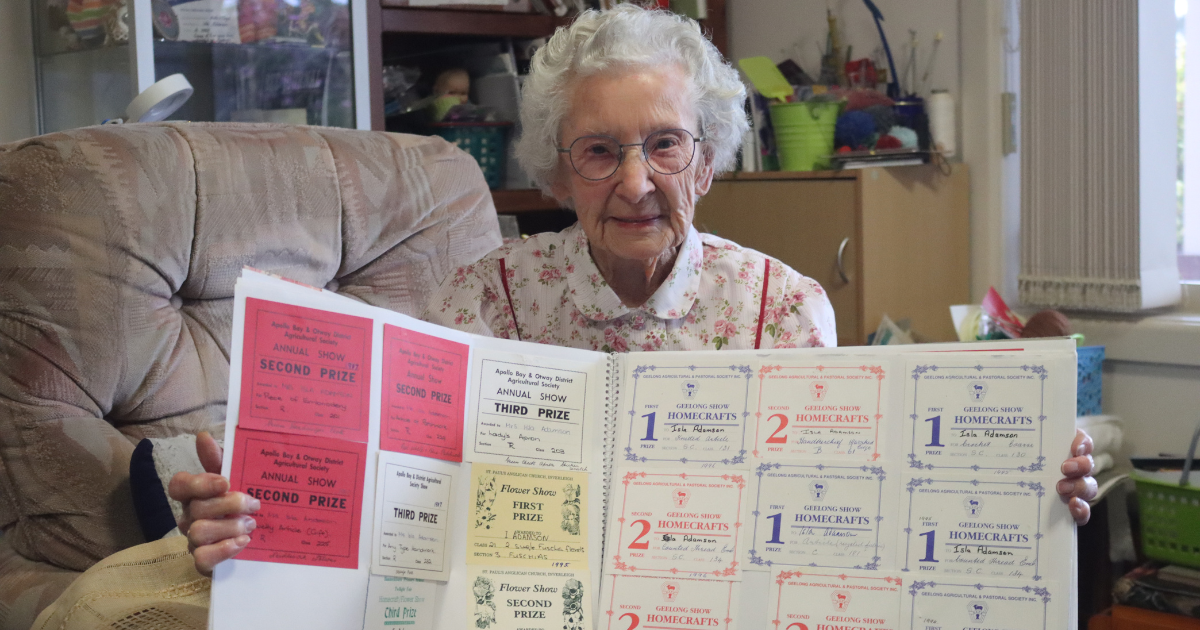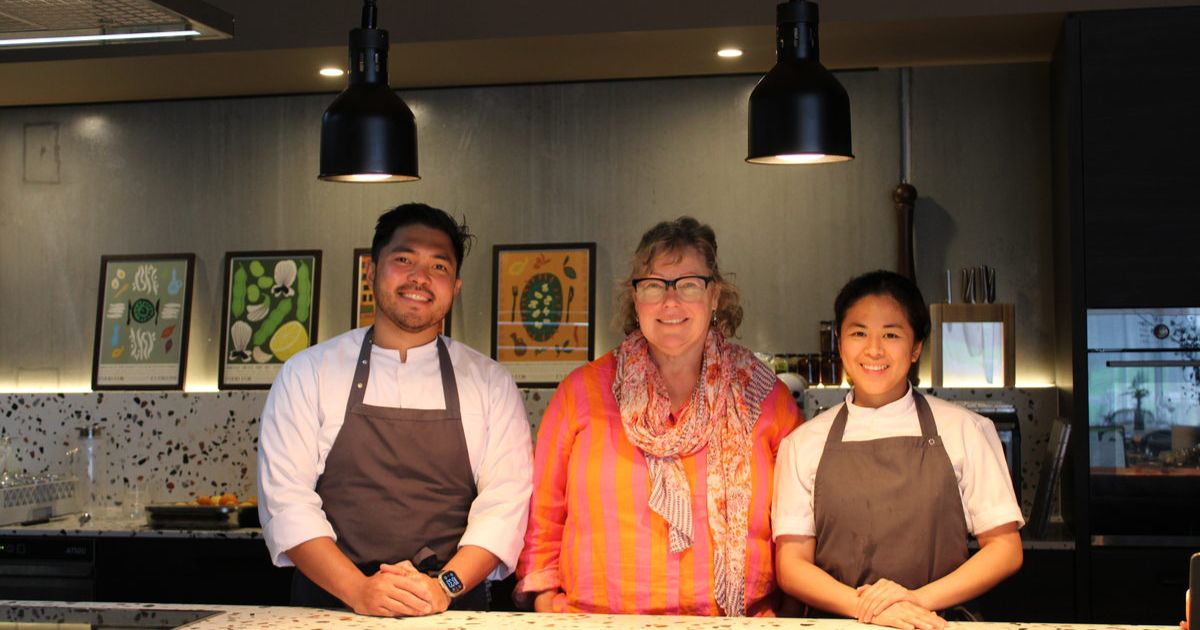National Museum advocates for Indigenous resting place

The National Museum in Canberra has welcomed a parliamentary committee call for a National Resting Place for Indigenous remains in the nation’s capital.
The National Museum in Canberra has welcomed the recommendation for a National Resting Place (NRP) – for Aboriginal and Torres Strait Islander ancestral remains – to be established in the nation’s capital.
The final federal parliamentary report by the joint select committee on constitutional recognition, relating to Aboriginal and Torres Strait Islander peoples, recommended the Australian government consider the establishment of the NRP which could be a place of commemoration, healing and reflection.
The National Museum in Canberra has welcomed a parliamentary committee call for a National Resting Place for Indigenous remains in the nation’s capital.
The committee is co-chaired by Berowra MP Julian Leeser and Labor senator for Western Australia, Patrick Dodson.
National Museum director, Dr Mathew Trinca, said the museum has a long history of returning ancestral remains to Indigenous communities, from museums in Australia and abroad.
“The National Museum has long supported calls for an Indigenous-run National Resting Place in Canberra, to take care of Aboriginal and Torres Strait Islander remains, which cannot be repatriated to their countries of origin,” Dr Trinca said.
In partnership with the federal government, the National Museum operates an Indigenous Repatriation Program in Canberra which includes a repatriation centre housing ancestral remains at its Mitchell facility.
Since the mid-1980s the National Museum has returned the remains of over 1200 Indigenous individuals to their communities.
The Museum’s repatriation facility holds and cares for remains on behalf of communities who request assistance, and remains whose provenance is unknown.
In 2014, the Advisory Committee for Indigenous Repatriation (ACIR) provided the National Resting Place Consultation report to the Australian Government.
The report proposed the establishment of a resting place to care for the remains of Aboriginal and Torres Strait Islander ancestors which are unable to be returned to their communities of origin.
The National Museum’s submission to the ACIR recommended the construction of a resting place, to be run by Indigenous people, for the long-term care and commemoration of unprovenanced Indigenous remains.

















